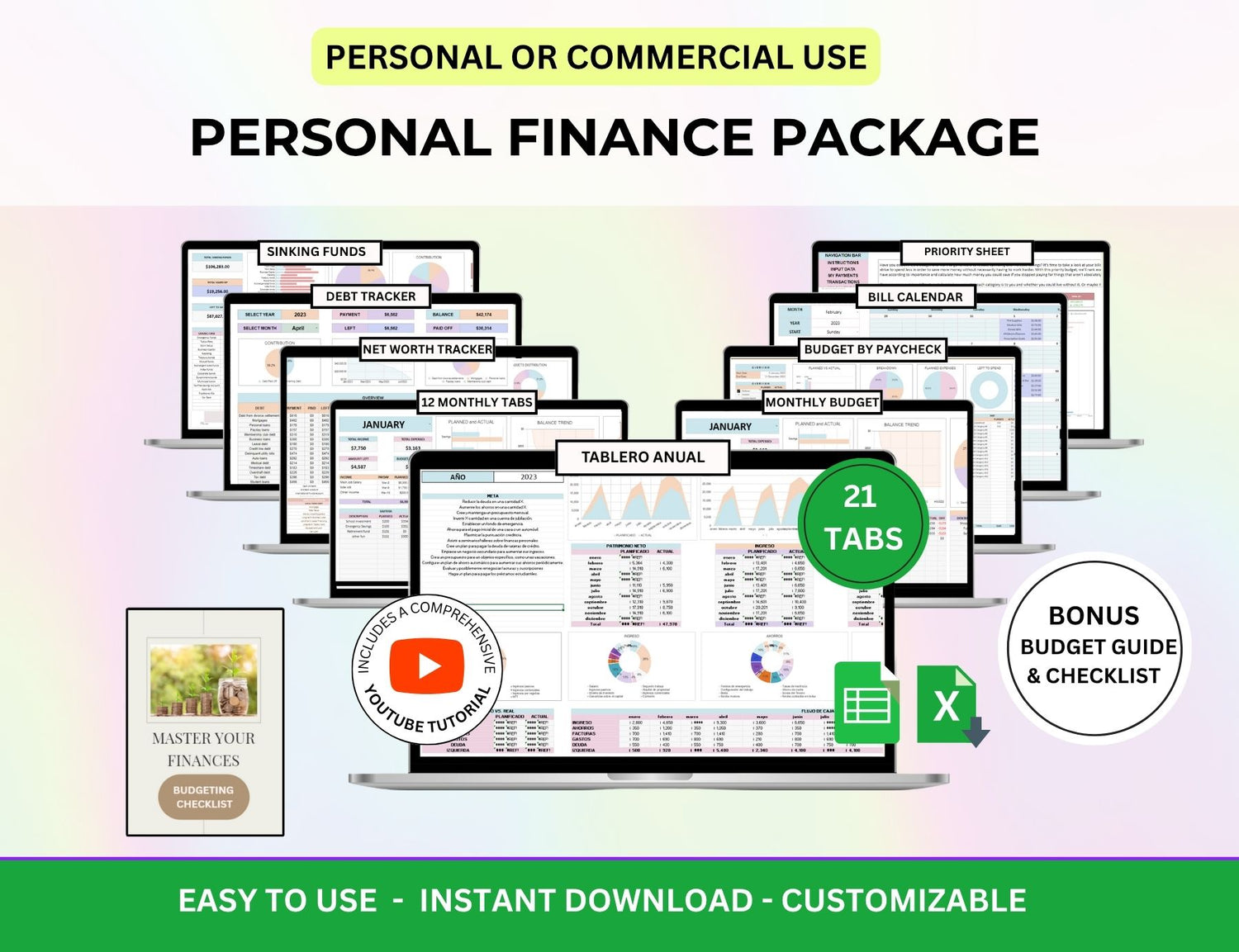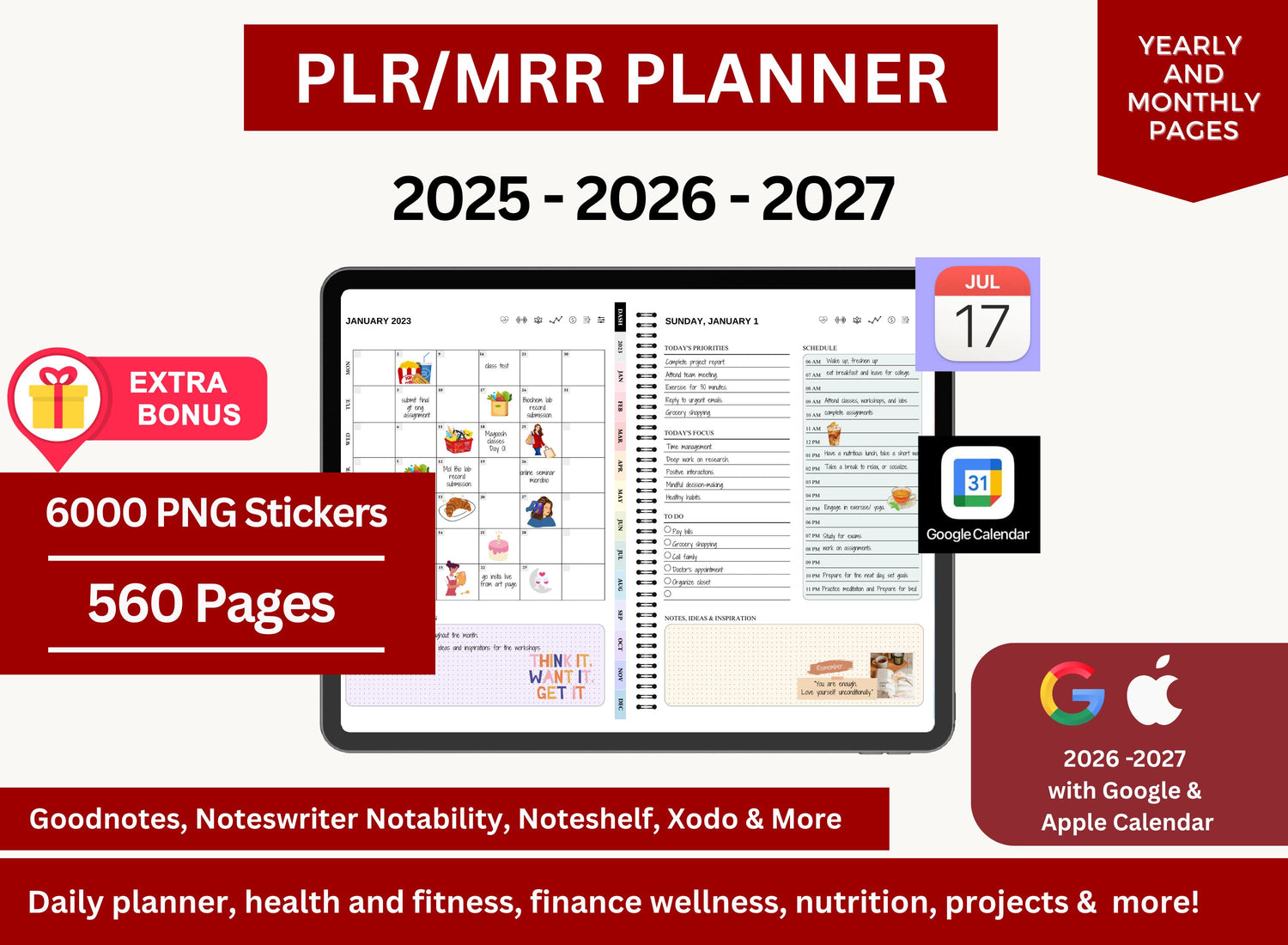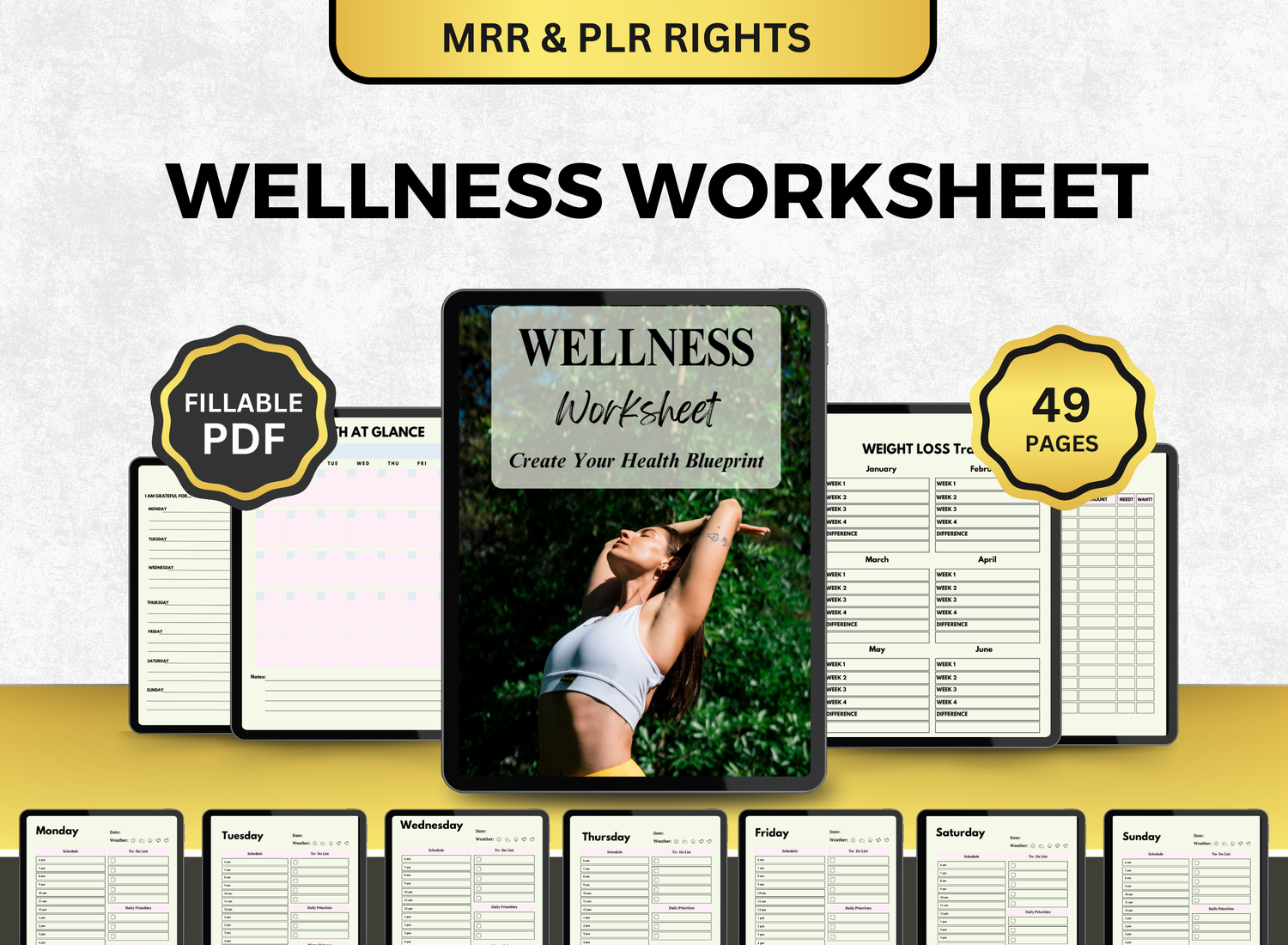Digital Products on Etsy: How to Outrank the Competition and Make Daily Sales
There’s a certain magic in waking up, checking your phone, and seeing that you made money while you slept. That’s the promise of digital products on Etsy—no inventory, no packaging, no shipping labels—just you, your creativity, and a little bit of strategy.
But here’s the thing: everyone else wants that magic too.
Etsy’s marketplace has exploded with digital downloads. From planners and printables to social media templates and eBooks, the competition is fierce. So how do you actually stand out? How do you go from zero sales to daily sales? And ideally, how do you turn this into something that runs (almost) on autopilot?
Let’s get into it.
TL;DR
What It’s About |
Why It Works |
|
Stand out on Etsy with smart SEO, killer thumbnails, and niche digital goods |
Daily sales, zero inventory—your passive income era starts here! |
Why Etsy? Why Digital Products?
Before we dive into strategy, it’s worth pausing for a second to ask—why Etsy, specifically?
Etsy is uniquely positioned for digital products because it already has a baked-in audience that’s looking for creative, beautiful, and often personalized items. This isn't Amazon. People here want something that feels a bit handmade, even if it’s a PDF.
And digital downloads—whether it's a printable budget tracker, a Canva template, or a wedding invitation—offer instant gratification to buyers and infinite scalability to sellers. You create the product once, and it can be sold hundreds (or thousands) of times.
That’s what makes it such an attractive side hustle, especially for anyone trying to make money online without a huge upfront investment.
(An example of a digital product; risk assessment tracker spreadsheet.)
What Kind of Digital Products Sell Best?
Let’s be honest: not every digital product is going to be a hit. Some niches are oversaturated. Some products are just too niche. That said, a few categories tend to perform consistently well on Etsy:
- Planners and trackers – daily planners, habit trackers, budget spreadsheets, meal prep calendars.
- Wedding & event templates – invitations, seating charts, signage.
- Social media kits – especially Canva templates for Instagram or TikTok.
- Business tools – logo kits, branding bundles, media kits, or email swipe files.
- Educational content – digital downloads for homeschool parents, worksheets, or printables for kids.
Many sellers are now using Master Resell Rights (MRR) to take things further—offering products others can resell legally. It’s a growing trend, and when used ethically, it can be a smart way to build passive income while helping others do the same.
But regardless of niche, the success of your product depends on two things: visibility and conversion.
Let’s talk about visibility first.
(An example of an inventory tracker spreadsheet.)
Step 1: Understand Etsy SEO (It’s Not Optional)
If your product doesn't show up in search results, it doesn’t matter how great it is. Etsy’s algorithm is keyword-driven, so your titles, tags, and descriptions all need to be optimized—not stuffed with nonsense, but clear, relevant, and natural.
Here’s what that actually looks like:
- Titles should include your primary keyword near the front. For example: “Budget Planner Printable – Monthly Finance Tracker PDF – Instant Download.”
- Tags should use all 13 slots. Use multi-word phrases (like “digital download budget”) rather than just single words.
- Descriptions should restate your keywords naturally. Don’t just copy-paste your title—write for humans and the algorithm.
Also, Etsy cares about your listing quality score, which is influenced by click-through rate (CTR), favorites, and sales. The more engagement your product gets, the more Etsy wants to show it to others.
And yes, that means your thumbnail matters a lot more than you think.
(An example of a personal finance tracker; annual budget tracker spreadsheet.)
Step 2: Make Your Listing Irresistible
You know the old phrase “don’t judge a book by its cover”? Nobody follows that on Etsy.
If your product thumbnail doesn’t pop, your CTR tanks. And if people don’t click, your ranking drops.
It’s a feedback loop. A vicious one.
So, a few things you can do:
- Use clean, high-contrast images. Avoid clutter. Make sure text is readable, even on mobile.
- Add mockups that show your product in use. Not just a flat PDF preview.
- Use all 10 image slots, if you can. More visuals = more information = fewer customer questions = higher conversions.
And speaking of conversions—your description isn’t just there to tell people what the product is. It should make them feel confident that this is exactly what they need.
That means addressing things like:
- Who it’s for.
- What problem it solves.
- What’s included in the download.
- How they receive the file.
- Licensing or usage rights, if relevant.
It also helps to add a personal note. Something like, “I created this planner because I couldn’t find one that felt simple and functional enough for my own schedule.” That one sentence makes you feel more like a real person, and not just a storefront.
Step 3: Don’t Rely on Etsy Alone
This part is optional, but I think it makes a big difference—especially early on.
If you’re waiting for Etsy to bring you traffic, you might be waiting a while. Especially if you’re just starting out with no sales history. So it helps to drive some traffic yourself.
How?
- Pinterest is a huge driver of traffic for digital products. A well-designed pin linked to your Etsy listing can generate clicks for months.
- Instagram or TikTok works if your product is visual and you're comfortable posting.
- Email marketing is underrated. Offering a freebie in exchange for an email can help you build an audience you actually own.
- Collaborations with micro-influencers or other Etsy sellers can give you a quick credibility boost.
And if you're treating this like a real make money online strategy, you might even consider running Etsy ads once your listing is converting well organically. But test carefully—ads won’t fix a bad listing, and they can burn through cash fast if you're not watching.
(An example of social media templates; makeup artist beauty salon social media templates.)
Step 4: Pay Attention to Reviews and Feedback
Sometimes people think of reviews as a vanity metric, but on Etsy, they’re functional.
Etsy gives preference to listings with high ratings. Plus, reviews build trust. A customer is far more likely to buy something that’s been validated by others—especially if they’re choosing between two similar products.
So:
- Follow up with customers (politely) to encourage a review.
- Respond to feedback—both positive and negative.
- Improve your product based on real-world usage. If someone mentions a font being hard to read, change it.
It sounds obvious, but not enough people do it.
(Example of a template bundle; 2025 life organizer bundle toolkit.)
Step 5: Refresh and Expand Strategically
Once you’ve got a listing that’s performing, the next step is not to sit back. It’s to build on that momentum.
A few ways to do that:
- Create product bundles – combine multiple related listings into one higher-value product.
- Offer upsells or cross-sells – if someone bought a daily planner, they might also want a meal planner or a weekly goals sheet.
- Refresh your listings regularly – update tags, images, or descriptions to keep them competitive.
Etsy rewards active shops. Even small changes signal that your store is alive and maintained. And when you’ve got five or six products that each bring in a few dollars a day? That’s when things start to feel like real passive income.
Well—semi-passive. There’s always some work involved, even with digital products. But it’s a lot more hands-off than packing boxes in your living room.
Final Thoughts (With a Touch of Realism)
Can you make daily sales on Etsy with digital products? Absolutely.
Can you build a full-time income from it? Yes, but it’ll probably take longer than some YouTube tutorials suggest.
There’s this idea floating around that you can slap together a few Canva templates and retire early. And maybe that’s true for a tiny percentage of people. But most successful Etsy sellers treat it like a real business. They test things. They improve over time. They study what’s working—and what’s not.
That said, it’s one of the most beginner-friendly ways to start making money online. You don’t need to be a designer. You don’t need thousands of dollars. You just need a bit of patience, a willingness to learn Etsy’s quirks, and a product that solves a real problem in someone’s life—even a small one.
And who knows? That one small digital download might be the first step toward something bigger.










